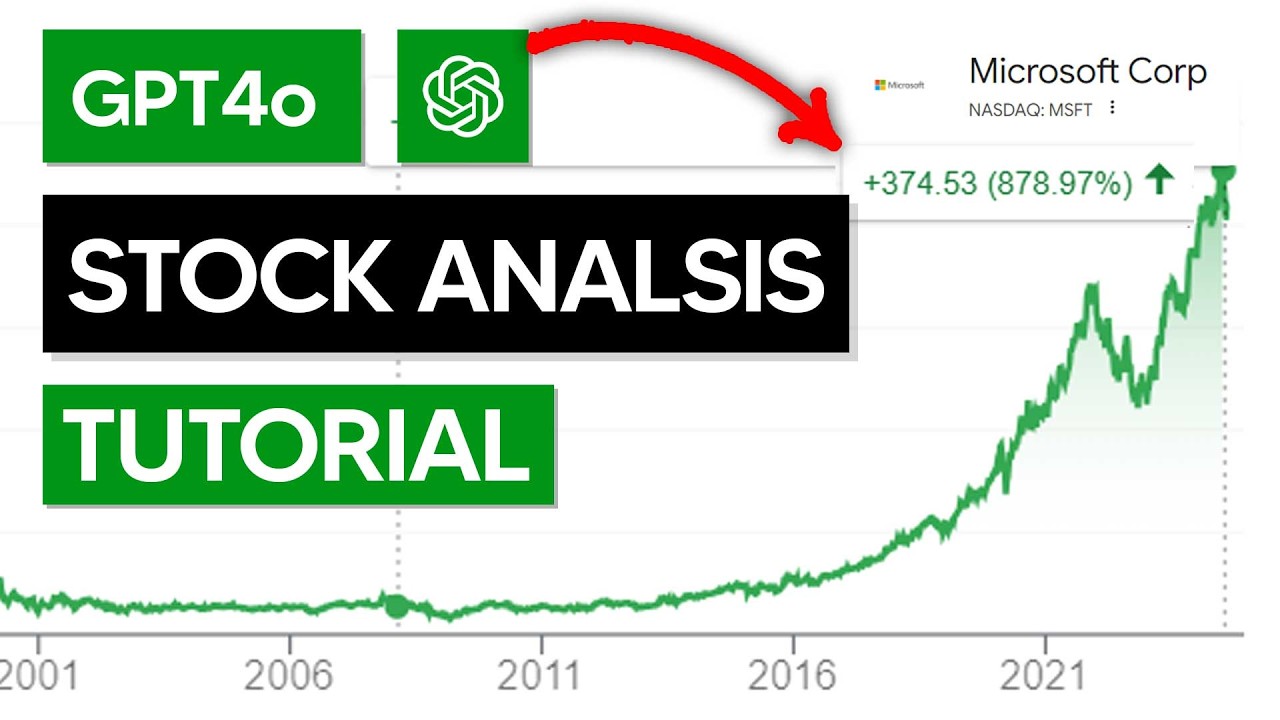It is crucial to evaluate the AI and Machine Learning (ML) models that are employed by stock and trading prediction platforms. This will ensure that they deliver accurate, reliable and actionable insights. Models that are poorly designed or overhyped could result in inaccurate predictions and financial loss. Here are our top 10 recommendations for evaluating AI/ML-based platforms.
1. Understanding the model's purpose and the way to approach
The goal must be determined. Determine whether the model was designed for long-term investing or for trading on a short-term basis.
Algorithm transparence: Check whether the platform provides information on the algorithms employed (e.g. Regression, Decision Trees Neural Networks and Reinforcement Learning).
Customization. Check whether the model can be adapted to be customized according to your trading strategy or your risk tolerance.
2. Evaluation of Performance Metrics for Models
Accuracy Check the accuracy of the model's prediction. Don't rely only on this measure but it could be inaccurate.
Recall and precision: Determine whether the model is able to identify true positives (e.g. accurately predicted price changes) and eliminates false positives.
Risk-adjusted returns: Determine the likelihood that the model's predictions will lead to profitable trades after accounting for risk (e.g., Sharpe ratio, Sortino ratio).
3. Make sure you test the model using Backtesting
Historical performance: Use old data to back-test the model and determine the performance it could have had under the conditions of the market in the past.
Examine the model using information that it hasn't been trained on. This will help avoid overfitting.
Scenario-based analysis involves testing the accuracy of the model in various market conditions.
4. Check for Overfitting
Signals that are overfitting: Search for models performing exceptionally well on data training but poorly on data that is not seen.
Methods for regularization: Make sure that the platform does not overfit using regularization techniques such as L1/L2 and dropout.
Cross-validation - Ensure that the model is cross-validated to test the generalizability of your model.
5. Assess Feature Engineering
Relevant features: Find out whether the model incorporates meaningful features (e.g., volume, price emotional indicators, sentiment data macroeconomic variables).
Select features: Ensure the platform only selects statistically significant features and does not contain redundant or irrelevant data.
Updates of dynamic features: Verify that your model is up-to-date to reflect the latest characteristics and current market conditions.
6. Evaluate Model Explainability
Interpretability - Make sure that the model gives the explanations (e.g. the SHAP values and the importance of features) to support its claims.
Black-box model Beware of applications that use models that are overly complex (e.g. deep neural networks) without describing the methods.
User-friendly insights: Make sure the platform offers actionable insights which are presented in a way that traders will understand.
7. Review the model Adaptability
Market conditions change. Check if the model can adapt to the changing conditions of the market (e.g. a new regulations, an economic shift or a black swan phenomenon).
Continuous learning: Check whether the platform is continuously updating the model to incorporate the latest data. This can improve performance.
Feedback loops: Make sure your platform incorporates feedback from users or real-world results to refine the model.
8. Examine for Bias during the election.
Data biases: Check that the data used in training are accurate and free of biases.
Model bias: Determine if the platform actively monitors the biases in the model's prediction and mitigates the effects of these biases.
Fairness. Be sure that your model isn't biased towards certain stocks, industries, or trading methods.
9. Calculate Computational Efficient
Speed: Determine whether the model can make predictions in real-time, or with minimal latency, specifically for high-frequency trading.
Scalability - Make sure that the platform can handle huge datasets, many users and not degrade performance.
Resource usage: Check if the model uses computational resources efficiently.
10. Transparency in Review and Accountability
Model documentation: Ensure the platform includes an extensive document detailing the model's design and its the process of training.
Third-party auditors: Make sure whether a model has undergone an independent audit or validation by an independent third party.
Error Handling: Determine if the platform is equipped with mechanisms that identify and correct mistakes in models or malfunctions.
Bonus Tips
Case studies and reviews of users User reviews and case studies: Study feedback from users as well as case studies in order to gauge the model's performance in real life.
Trial period: Test the model for free to determine how accurate it is as well as how easy it is to utilize.
Support for customers: Ensure that the platform offers a solid support for model or technical issues.
Use these guidelines to evaluate AI and predictive models based on ML to ensure that they are trustworthy and clear, and that they are in line with the trading objectives. Follow the top stock market software for site tips including best ai trading software, ai stock, trading ai bot, best ai stock, free ai trading bot, ai investment app, ai trading tools, stock ai, chatgpt copyright, ai stock trading and more.

Top 10 Tips To Assess The Regulatory Compliance Of Ai Stock Forecasting/Analyzing Trading Platforms
The regulatory compliance of trading platforms using AI to analyze or predict stock prices is an important factor. Compliance is crucial as it guarantees that the platform adheres to the laws and regulations. Also, it protects users' personal information. Here are top 10 tips on how to assess the conformity of these platforms.
1. Check your license and registration
The regulatory bodies: Make sure the platform has been licensed and registered with the relevant financial regulatory agencies (e.g. SEC in U.S.A., FCA UK, ASIC Australia).
Broker partnerships: Make sure that brokers integrated with the platform are also properly licensed.
Public records: Visit the website of the regulator to verify the status of registration, as well as previous violations.
2. Examine Data Privacy Compliance
GDPR: Make sure that your platform adheres to the General Data Protection Regulation.
CCPA : California Consumer Privacy Act (CCPA) conformity should be checked by users.
Data handling policies: Read the platform's data privacy policy to ensure it outlines how user data is collected, stored, and shared.
3. Review Anti-Money Laundering(AML) measures
AML policies - Ensure that your platform's AML policies are effective and effective in detecting and prevent money laundering.
KYC procedures - Ensure that the platform follows Know Your Customer procedures for verification of user identities.
Monitor transactions: Check whether the platform is able of monitoring transactions and reporting any suspicious activities to the relevant authorities.
4. Verify Compliance to Trading Regulations
Market manipulation: Verify that the platform contains measures to avoid market manipulation like fake trading, wash trading.
Types of orders. Examine whether your platform is in compliance with the rules for order types.
Best execution: Make sure to see if the website adheres best execution practice which guarantees that trades are executed at the lowest possible cost.
5. Cybersecurity Assessment
Data encryption. Make sure your platform has encryption for user data, both in rest.
Incident response. Verify whether the platform has a plan for dealing with cybersecurity breaches and data breaches.
Certifications: Find out if a platform has been accredited for cybersecurity (e.g. ISO 27001, SOC 2)
6. Evaluate Transparency and Transparency
Fee disclosure. Be sure that all fees and charges are clearly disclosed, including any hidden charges or fees.
Risk disclosure: Make sure the platform discloses all risks, particularly when you use high-risk strategies or trading with leverage.
Performance reporting: Find out whether the platform offers clear and accurate reports on performance on its AI models.
7. Verify that you are in the compliance of international regulations
Cross-border trading. If you are planning to trade internationally, check that your platform complies with the regulations in force.
Tax reporting: Verify if the platform provides tools or reports that aid users in complying with tax regulations (e.g., FIFO rules in the U.S.).
Compliance with sanctions: Check that the platform complies with international sanctions and does not permit trading with entities or countries prohibited.
8. Review the Audit Trails and Record-Keeping
Transaction records: Make sure the platform has complete records of each transaction to ensure audit and regulatory compliance.
User activity logs: Check if your platform tracks all activities by users, including transactions, logins, and account settings changes.
Audit-readiness: Determine whether the platform is equipped to provide all necessary documents and logs to support an audit by a regulatory agency.
9. Verify compliance with AI-specific regulations.
Algorithmic Trading Rules If your platform allows algorithmic trading, ensure it complies with regulations like MiFID II (in Europe) or Reg SCI (in the U.S.).
Fairness and impartiality: Verify the accuracy of the platform's AI models are monitored and tempered to ensure that they are not biased.
Explainability: In accordance with specific regulations, the system should be able to provide clear explanations for AI-driven predictions and decisions.
Review the User Feedback and the Regulatory Histories
User reviews: Use feedback from users to assess the platform's regulatory conformity.
Review the history of regulations to determine if there have been any fines or penalties for violations of the regulations.
Third-party auditors: Check if the platform is regularly audited by a third party to ensure it's adhering to regulations.
Bonus Tips
Legal consultation: Consult a lawyer to ensure the platform meets all relevant regulations.
Trial period: Make use of a free demo or trial period to evaluate compliance features on the platform.
Support for customers: Make sure that the platform offers support to customers with questions or concerns related to compliance.
Use these guidelines to assess the regulatory compliance and security of your interests. Compliance is important because it not only lowers the risk of legal liability, but also builds trust and confidence for the platform. Read the recommended ai trading for more recommendations including trader ai review, ai stock trading bot free, investing ai, stock analysis app, ai for trading, ai investing, trading ai bot, ai stock trading bot free, ai trade, best stock analysis website and more.
